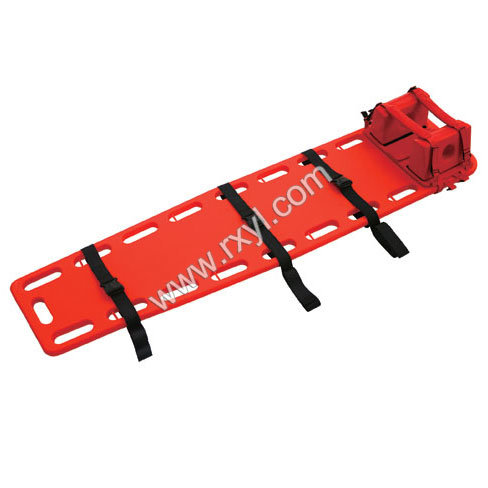That sucks, each ambulance here in my dept. carries one. What do you use in it's place, do you only have backboards? Or at least have one of those folding/break away litter stretchers?
Back to your scenario, remove granny from the board once on the gurney and simply document the patient was carried to the gurney? Still seems better to selectively word the PCR than force a patient into full SMR for a hip injury. Unless of course the Receiving Facility docs insist on splinting a patient's neck and back for a non neck/back injury and will complain to Rebel's supervisors causing grief...
That's how I've started referring to C-collars when talking through scenarios with our new guys....why didn't we board and collar the 80 something year old patient involved in the TC? Well he was walking around on scene as well as you and me without any traumatic injuries, in fact his chief (and only) complaint was extreme hypertension. "Yeah but, because of his age and mechanism".....so should we have also applied our bilateral Sager splint on his legs, air splints on his arms and taped trauma dressings to his chest to stabilize possible flail chest segments? No, because we found zero signs/symptoms of those injuries, just like we found zero s/s of a neck or back injury, and just like we don't break out the Sager based on mechanism alone, neither do we with collars or boards.
To circle this mini rant back to the original topic, no collar for a GSW to the head, default of no for the GSW to the neck...but as I've said I can envision a scenario where it can be helpful...but default is no.


